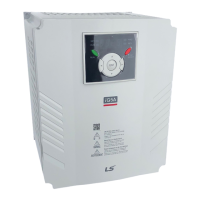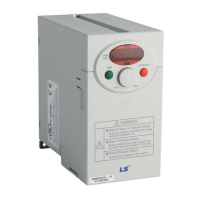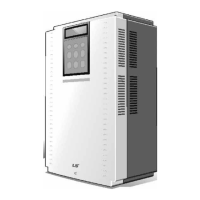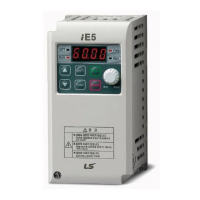8
1
Basic Checklist
1.1 Before You Think It Is Failure
Installation
Location/
Input/Output
voltage
Is the installation location appropriate?
Does the environment meet the inverter’s operating conditions?
Does the power source match the inverter’s rated input?
Is the inverter’s rated output sufficient to supply the equipment?
Is a circuit breaker installed on the input side of the inverter?
Is the circuit breaker correctly rated?
Are the power source cables correctly connected to the R/S/T
terminals of the inverter?
(Caution: connecting the power source to the U/V/W terminals may
damage the inverter.)
Are the motor output cables connected in the correct phase rotation
(U/V/W)?
(Caution: motors will rotate in reverse direction if three phase cables
are not wired in the correct rotation.)
Are the cables used in the power terminal connections correctly rated?
Is the inverter grounded correctly?
Are the power terminal screws and the ground terminal screws
tightened to their specified torques?
Are the overload protection circuits installed correctly on the motors (if
multiple motors are run using one inverter)?
Is the inverter separated from the power source by a magnetic
contactor (if a braking resistor is in use)?
Are advanced-phase capacitors, surge protection and electromagnetic
interference filters installed correctly?
(These devices MUST not be installed on the output side of the
inverter.)

